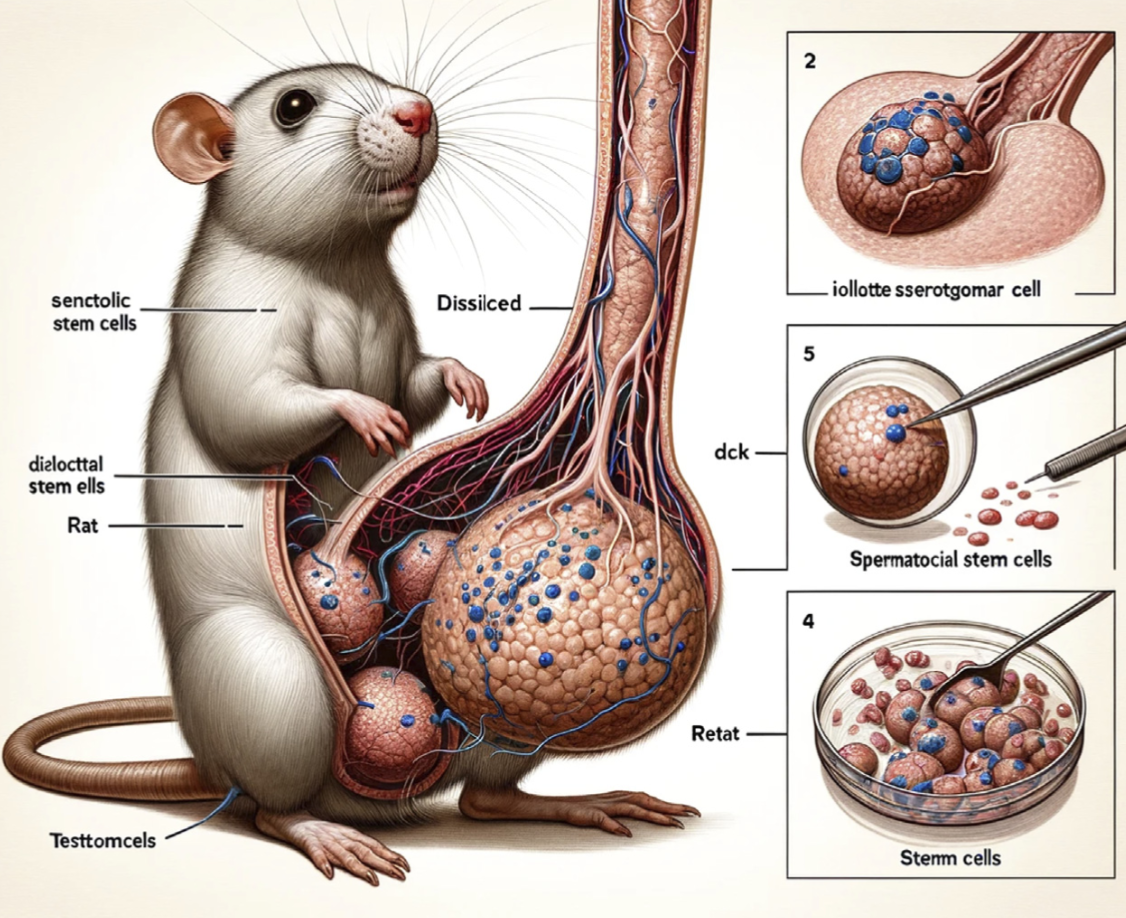this post was submitted on 22 Feb 2024
9 points (100.0% liked)
Science
2 readers
6 users here now
This magazine is dedicated to discussions on scientific discoveries, research, and theories across various fields, including physics, chemistry, biology, astronomy, and more. Whether you are a scientist, a science enthusiast, or simply curious about the world around us, this is the place for you. Here you can share your knowledge, ask questions, and engage in discussions on a wide range of scientific topics. From the latest breakthroughs to historical discoveries and ongoing research, this category covers a wide range of topics related to science.
founded 2 years ago
you are viewing a single comment's thread
view the rest of the comments
view the rest of the comments

Some of the reviewers have explained it as the software they use doesn't even load up the images. So unless the picture is a cited figure, it might not get reviewed directly.
I can kindof understand how something like this could happen. It's like doing code reviews at work. Even if the logical bug is obvious once the code is running, it might still be very difficult to spot when simply reviewing the changed code.
We have definitely found some funny business that made it past two reviewers and the original worker, and nobody's even using machine models to shortcut it! (even things far more visible than logical bugs)
Still, that only offers an explanation. It's still an unacceptable thing.
Actually, figures should be checked during the reviewing process. It's not an excuse.
Yea, "should be", but as said, if it's not literally directly relevant even while being in the paper, it might get skipped. Lazy? Sure. Still understandable.
A more apt coding analogy might be code reviewing unit tests. Why dig in to the unit tests if they're passing and it seems to work already? Lazy? Yes. Though it happens far more than most non-anonymous devs would care to admit!
No, "should be" as in, it must be reviewed but can be skipped if there's a concern like revealing the author identity in a double-blind process.